In the latest move to further optimize China's anti-epidemic measures amid surging cases, the joint prevention and control mechanism team of the State Council on Monday outlined four documents with detailed regulations on nucleic acid testing, classification of risk areas, home quarantine and home health monitoring, which experts said are aimed to guarantee scientific and precise implementation of the country's dynamic zero-COVID policy.
According to the latest documents, local authorities should not roll out mass nucleic acid testing when there is no outbreak in a place. Instead, they should closely follow the ninth edition of the country's epidemic prevention and control plan to focus on key populations.
Specific locations should not be designated as risk areas if confirmed cases or asymptomatic cases are discovered during centralized quarantine, home quarantine, or closed-loop management but are evaluated as posing no risk to the community or families outside their range of activities.
They should neither be identified as risk areas if a discharged patient is tested COVID-19 positive but poses no risk of spreading the virus or an international arrival's Ct value is more than 35, according to the documents.
The documents also underscored mental health support for those subject to COVID-19 quarantine or health monitoring to avoid stress-triggered extreme events, with special attention to vulnerable groups such as pregnant women, the elderly and those with underlying diseases.
Experts told the Global Times said that the latest documents were supplementary regulations to the newly issued 20 optimized COVID-response measures, which are aimed at scientifically and precisely controlling the epidemic across the country, after problems of excessive and one-size-fits-all approaches were reported in some local governments.
Jin Dongyan, a virologist and professor of the School of Biomedical Sciences at the University of Hong Kong, told the Global Times on Monday that the documents are providing refined regulations of the 20 optimized measures in order to guarantee the enforceability of the measures.
An expert close to China's epidemic prevention and control work who spoke on condition of anonymity told the Global Times that the latest documents created higher requirements for local authorities in scientific and precise implementation of the country's dynamic zero-COVID policy.
Local authorities should be more accurate in collecting data and make more scientific analysis and risk evaluation to large-scale virus transmission in communities, the expert noted.
He stressed that, to prepare for the country's re-opening, local authorities should also coordinate their medical resources more efficiently and develop a better hierarchical diagnosis and treatment system.
The Monday documents come as several Chinese cities are battling grim COVID-19 flare-ups with rising cases. The country witnessed more than 20,000 new infections for consecutive six days. On Sunday, 2,365 new confirmed cases and 24,730 new asymptomatic cases were reported across the country.
Beijing is facing the most complicated and severe anti-epidemic situation since the outbreak of COVID-19, Beijing health officials said at a press conference on Monday. The capital reported two new deaths on that day, a female aged 91 and a male aged 88.
Shijiazhuang in North China's Hebei Province also kicked off nucleic acid screening in some areas for five consecutive days starting Monday after suspending mass nucleic acid testing for about one week.
Baiyun district in Guangzhou, South China's Guangdong Province announced Monday that subway and bus services will be suspended from Monday to Friday as there were 384 new local confirmed cases in the province on Sunday, including 296 in Guangzhou, and 7,885 new asymptomatic cases were reported in Guangzhou.
While Chinese localities are endeavoring to curb flare-ups while striving to minimize the impact of epidemic prevention and control on people's lives and economic activity, experts pointed out that the pathogenicity and virulence of the dominant Omicron variants have apparently decreased compared with the Delta variants.
The vaccination of most Chinese people would also help to reduce the severity of cases after infection. So, as a whole, the impact of the virus on society has largely decreased compared with 2021, according to the anonymous expert.
As of November 4, more than 3.4 billion doses of COVID-19 vaccines had been administered in China, 1.2 billion people had been fully vaccinated and more than 800 million booster shots had been administered, national health officials said at a press conference on November 5.
Some Chinese cities including Beijing, Shanghai, Hangzhou and Tianjin have started to offer the inhalable vaccines as boosters, which research showed could generate more neutralizing antibodies against different COVID-19 variants.
















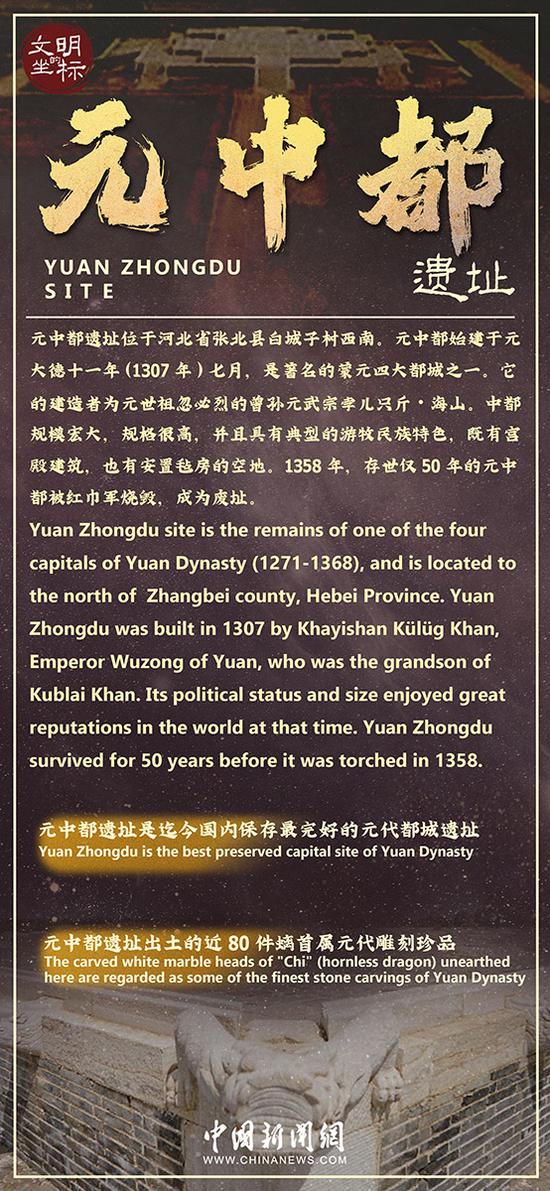
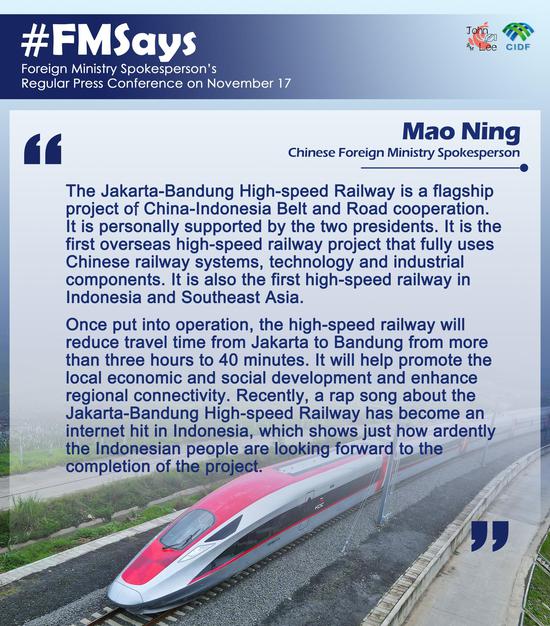




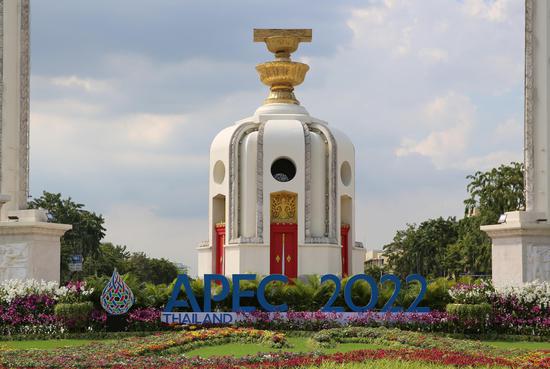








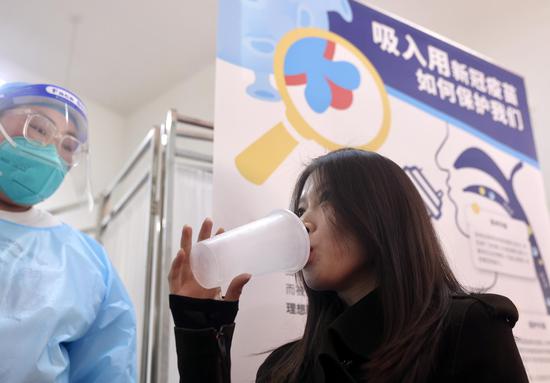
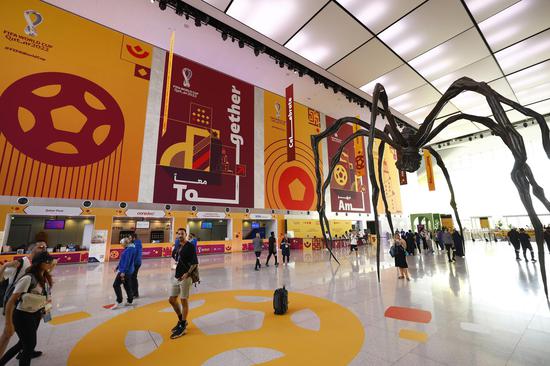

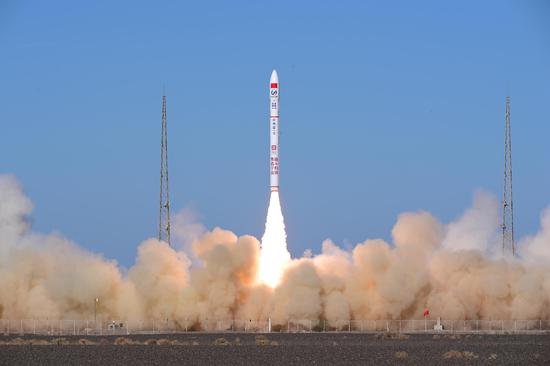








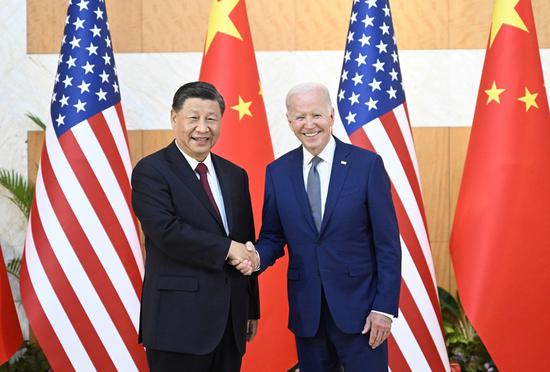
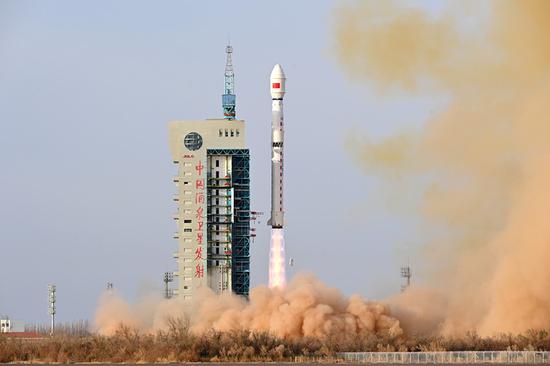





 京公网安备 11010202009201号
京公网安备 11010202009201号